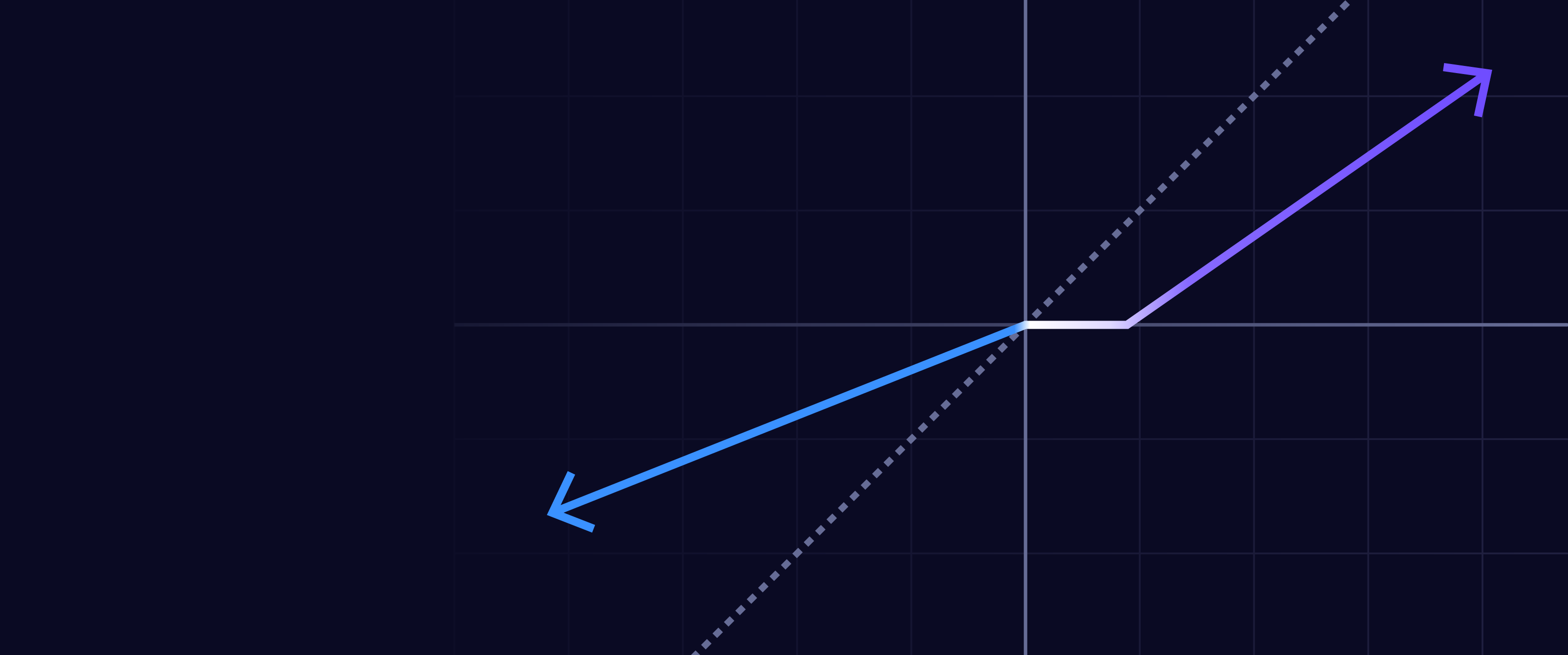Understanding ETFs
We believe Exchange Traded Funds (ETFs) can provide an efficient and simple way to invest in different segments of our economy. For example, most of ARK’s ETFs are designed to give investors access to areas of disruptive innovation and aim to provide long-term growth of capital.
Exchange
ETFs are listed on various exchanges. For instance, U.S. exchanges include the New York Stock Exchange (NYSE), Chicago Board Options Exchange (Cboe), and Nasdaq.
Traded
While there are differences, ETFs act similar to stocks when traded. Investors can buy and sell ETF shares during market hours, like trading shares of a public company.
Fund
An ETF is a portfolio of securities, much like a mutual fund. ETFs can be based on an existing index or a unique mixture of stocks that can change daily.
How Are ETFs Different?
General ETF Comparison Table
| ETFs | Stock | Mutual Funds | |
|---|---|---|---|
| Liquidity | |||
| Diversification | |||
| Low Expenses | |||
| Low Minimum Investments | |||
| Transparency | |||
| Can Use Limit Order |
The information on this site is for informational purposes only and should not be considered as investment advice or a recommendation of any particular security, strategy, or investment product. Benefits may vary from fund to fund. Diversification may not protect against market risk. This material is not intended to be tax advice. The tax consequences of dividend distributions may vary by individual taxpayer. Please consult your tax professional or financial adviser for more information concerning your specific situation. Investors should carefully consider the investment objectives, risks, and expenses of any investment solution before investing.
General Fee Structure Table
| ETFs | Stock | Mutual Funds | |
|---|---|---|---|
| 12b-1 Fee | |||
| Load In/ Out Fees | |||
| Management Fee | |||
| Transfer Agency Fee | |||
| Brokerage Fee |
The information on this site is for informational purposes only and should not be considered as investment advice or a recommendation of any particular security, strategy, or investment product. Fee structure may vary from fund to fund and additional fund or management fees may apply. Investors in individual stocks or bonds do not bear management fees associated with ETFs or mutual funds. Please consult your tax professional or financial adviser for more information concerning your specific situation. Investors should carefully consider the investment objectives, risks, and expenses of any investment solution before investing.
What Are The Benefits Of ETFs?
An Exchange Traded Fund (ETF) allows investors to buy and sell an entire basket of securities with a single transaction and can provide the following benefits:
Liquidity
ETFs possess two types of liquidity, making them relatively more liquid. First, ETF shares are bought and sold similar to a stock on an exchange, making it simple for investors to trade. Second, ETFs possess underlying liquidity due to their unique creation and redemption process, so low trading volume should generally not impact an investor’s ability to trade the ETF during market hours.
Transparency
Most ETFs disclose their holdings daily. Passive ETF holdings should reflect the index to which they are tethered. Active ETFs are similarly transparent and required by the SEC to disclose the holdings every day. Mutual funds are not required to disclose their holdings daily. Stocks are naturally transparent as a single security.
Diversification
ETFs are packaged and sold as a unique collection of securities. Holding one ETF could offer an investor exposure to several if not hundreds of securities instead of just buying and selling individual stocks and bonds.
Tax Efficiency
The ETF creation and redemption process, which uses in-kind transfers of securities, makes index ETFs relatively more tax efficient when compared to mutual funds and stocks. Mutual funds are taxed when a manager sells securities within the fund, distributing a capital gain or loss to all mutual fund investors.
Low Cost
Based on ARK's research, ETF expense ratios generally are lower than mutual funds. Compared to buying single stocks, mutual fund and ETF investors bear their pro-rata share of the fund’s brokerage cost.
How Does The ETF Creation And Redemption Process Work?
Most of an ETF’s liquidity comes from its underlying securities due to its unique creation and redemption process. Demand for stocks in the underlying portfolio drives the price. The supply of ETF shares is not fixed and can expand or contract daily. Thus, large orders are either filled with outstanding shares or, when necessary, by creating or redeeming ETF shares.
- The ETF provider publishes a list of holdings (Creation Basket)
- The Authorized Participant (AP) delivers cash or buys and delivers the basket of securities to the ETF provider.
- Once the ETF provider receives the cash or basket of securities, the provider exchanges a block of the equally valued ETF shares with the AP, called a creation unit. (Usually formed in blocks of 50,000 shares)
- The AP sells the ETF shares to investors on the stock exchange at market value.
Active vs. Index ETFs
ETFs can be actively managed or seek to provide investment results that correspond closely to a benchmark index. ARK is known for its active management and the majority of our ETFs are actively managed.
Active ETF
Active ETF management is based on research and the portfolio manager’s discretion within the investment policies of the ETF, similar to an active mutual fund. Because the portfolio manager is picking stocks based on research, actively managed funds are not attempting to match or track the performance of a given index.
Index ETF
Index ETFs—sometimes called Passive ETFs—are tethered to an underlying index (i.e., S&P 500 or Dow Jones Industrial Average). An Index ETF aims to match the performance of a given benchmark index and is therefore "passively managed." Generally, fund managers only change the asset allocation when changes occur in the underlying index (i.e., quarterly rebalancing).









